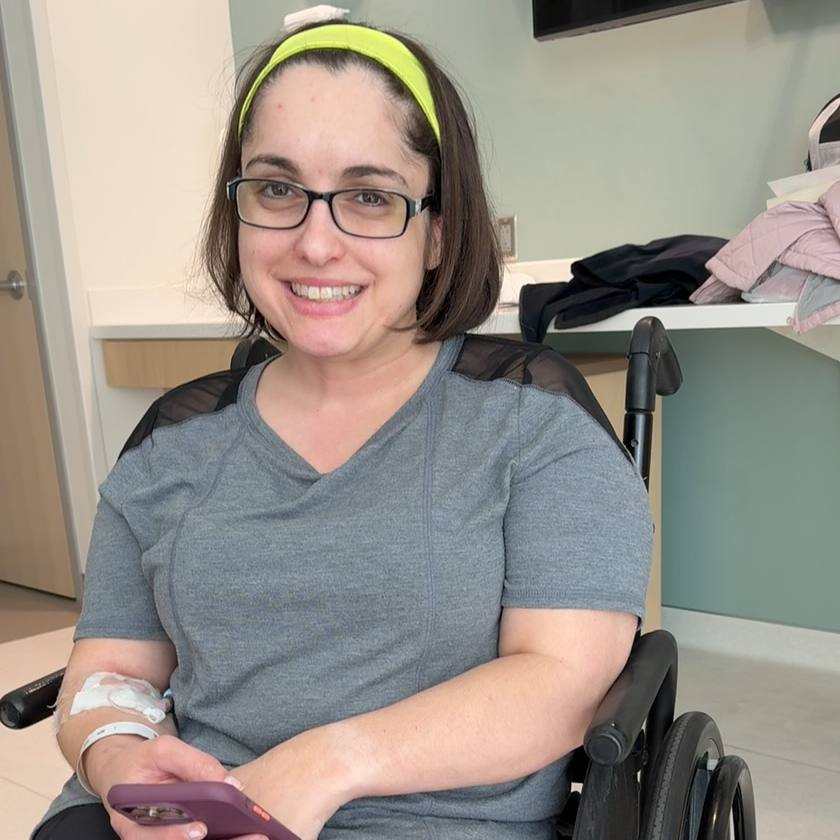-
The W-Curve Model: Understanding a new college student’s experience

The W-Curve Model was first proposed in 1963 to explain adjustment to culture shock. Starting college is a culture shock for many young people. It is often the first time students are away from home for an extended period.
Freshman year is known for new experiences, but it also presents various challenges. Each new college student's experience is unique. Parents should be aware of the predictable adjustment pattern to help students navigate difficult times.
The five stages of the W-Curve Model explain students' level of comfort, satisfaction and effectiveness during each stage:
1. Honeymoon: The excitement stage
Often starting before students arrive at college, the honeymoon stage is full of excitement, stimulation and curiosity. There's increased enthusiasm to meet new people, and many cultural differences are intriguing.
Students desire independence and tend to lack homesickness during the first few days or weeks of college. New students are bombarded with events and activities, keeping the excitement level high.
2. Culture Shock: Reality sets in
At this stage, students may start to compare their expectations of college with reality. The differences that felt new and exciting start to feel isolating and overwhelming.
Students may feel lost and confused, noticing that the excitement of living on their own has worn off. Often, students will compare their experiences to others, finding that academic demands are more complex than anticipated.
Feeling homesick may lead students to wish to return home more often.
3. Initial Adjustment: Settling into the demands of college life
College gets better as students begin to manage experiences from culture shock. This can include making friends outside of their initial connections, developing a routine, gaining confidence in academic and social abilities, and finding one's roommate less bothersome.
This is when students start to reconnect to what they like about themselves and the new culture of college.
4. Mental Isolation: Comparing home and college
After students go home during an academic break, they may not feel as comfortable at home as they used to. Students may feel distressed at changes or events at home during their absence. This leads them to feel unsure about where they belong and miss the comfort that home used to provide. Beliefs and values are challenged as students attempt to find their place in the world.
At this time, peer conflicts may increase, and students may have a more tough time with roommates. Students in dating relationships that started in high school may have an increasingly hard time after seeing their partner during a break.
5. Acceptance and Integration: Finally, balance emerges
Students develop stronger ties to fellow students and faculty, get more involved in campus life, and understand how to succeed academically. Students often start referring to campus as their home and feel like a part of the culture. Roommate issues are addressed, and dependence on hometown connections begins to lessen. Students start to feel like an old hand at living the college life.
Making the first year of college a success
The first year at college is not always easy. Being aware of the predictable adjustment pattern can make the transition less intimidating. If college is too overwhelming, help is always available, whether it's talking to a friend, family member, resident adviser, professor or a mental health professional. Understanding the W-Curve Model can help family members support their student’s success in college.
A version of this story was first published on the Mayo Clinic Health System blog.







